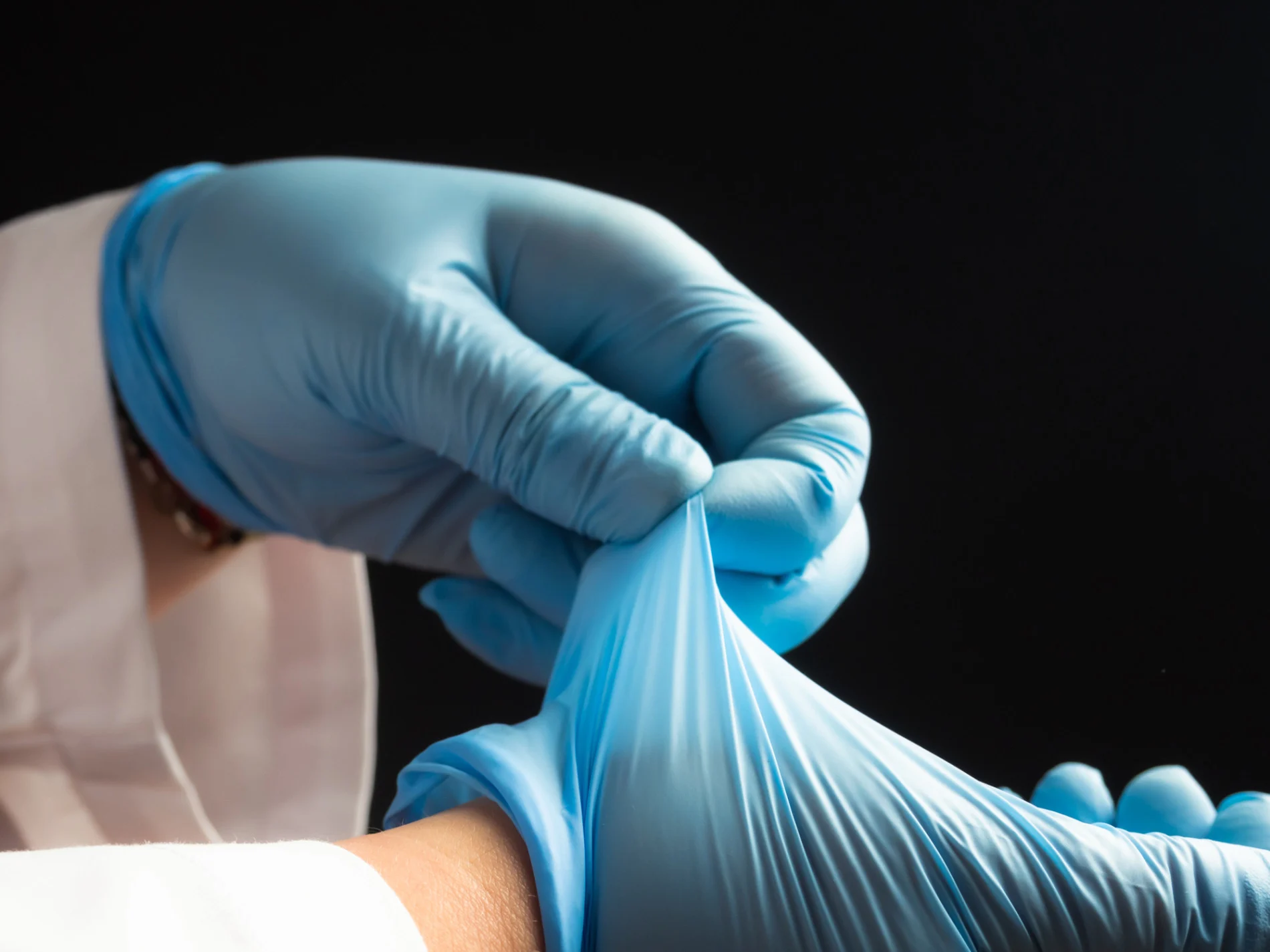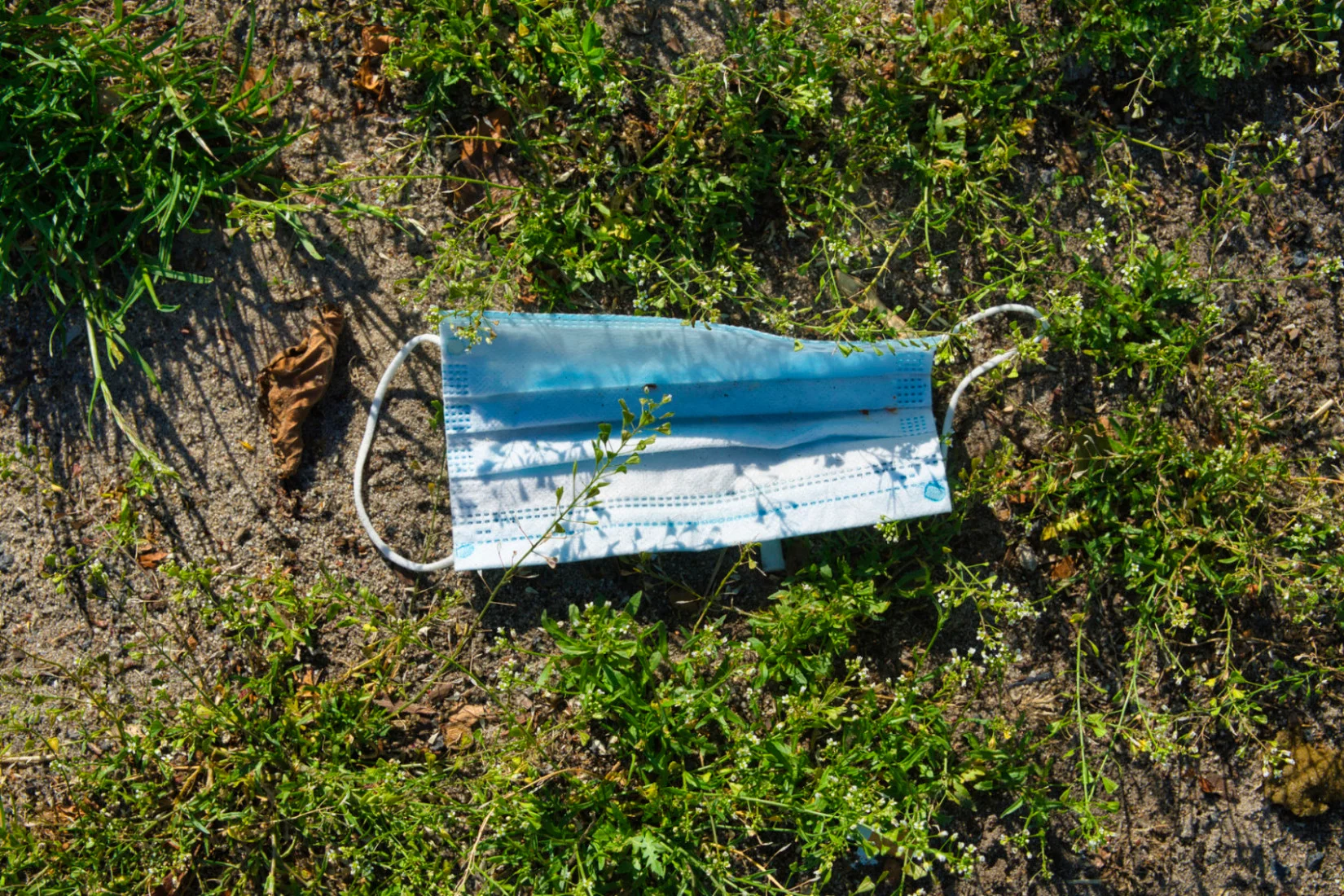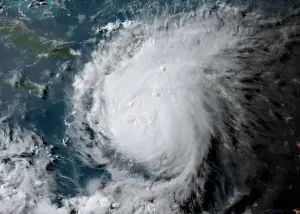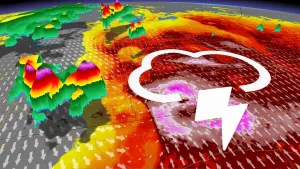
WHO warns of threats from COVID medical waste to environment, human health
Unprecedented amounts of discarded medical waste, which is largely made from plastics, are putting human health and the environment at risk.
The World Health Organization (WHO) issued a report stating that the medical waste created by the COVID-19 pandemic is putting a “tremendous strain” on global health care waste management systems and could threaten the health of both humans and the environment.
The scale of the medical waste produced in response to the pandemic will take years to precisely estimate. WHO estimates that so far there have been 140 million test kits, which could generate 2,600 tonnes of plastic and other non-infectious waste and 731,000 litres of chemical waste. Over eight billion vaccine doses have been administered across the world, and the syringes, needles, and safety boxes could amount to 144,000 tonnes of waste.
The fibres in single-use face masks and other personal protective equipment (PPE) are a fossil fuel-derived plastic called polypropylene. More than 99 per cent of plastics are made from fossil fuels and the environmental concerns come from both the impacts the degrading waste has on ecosystems and the amount of greenhouse gas emissions used to make the PPE.
“It is absolutely vital to provide health workers with the right PPE. But it is also vital to ensure that it can be used safely without impacting on the surrounding environment,” Dr. Michael Ryan, Executive Director of WHO Health Emergencies Programme, said in the report’s news release.

A single-use face mask that was improperly disposed of in Brandenburg, Germany. (Kevin Kobs/ Moment/ Getty Images)
The staggering levels of medical waste are also presenting serious risks to human health. WHO states that 30 per cent of healthcare facilities are not equipped to handle typical waste loads, which have all become even more strained as the pandemic wears on. Some of the main hazards that come from mismanaged medical waste include exposure to contaminated needles and pathogenic microorganisms.
Communities that live near poorly managed landfills and waste disposal sites that received COVID-19 medical waste also face public health risks due to contaminated air from burning waste, poor water quality, and pests carrying infections.
“COVID-19 has forced the world to reckon with the gaps and neglected aspects of the waste stream and how we produce, use and discard of our health care resources, from cradle to grave,” said Dr. Maria Neira, Director, Environment, Climate Change and Health at WHO.
“Significant change at all levels, from the global to the hospital floor, in how we manage the health care waste stream is a basic requirement of climate-smart health care systems, which many countries committed to at the recent UN Climate Change Conference, and, of course, a healthy recovery from COVID-19 and preparedness for other health emergencies in the future.”
WHO says that some solutions include eco-friendly packaging and shipping, safe PPE that is reusable, materials that are recyclable and biodegradable, non-burn waste treatment technologies, and improved recycling technologies for existing materials such as plastic.
Thumbnail credit: Ana Maria Serrano/ Moment/ Getty Images











